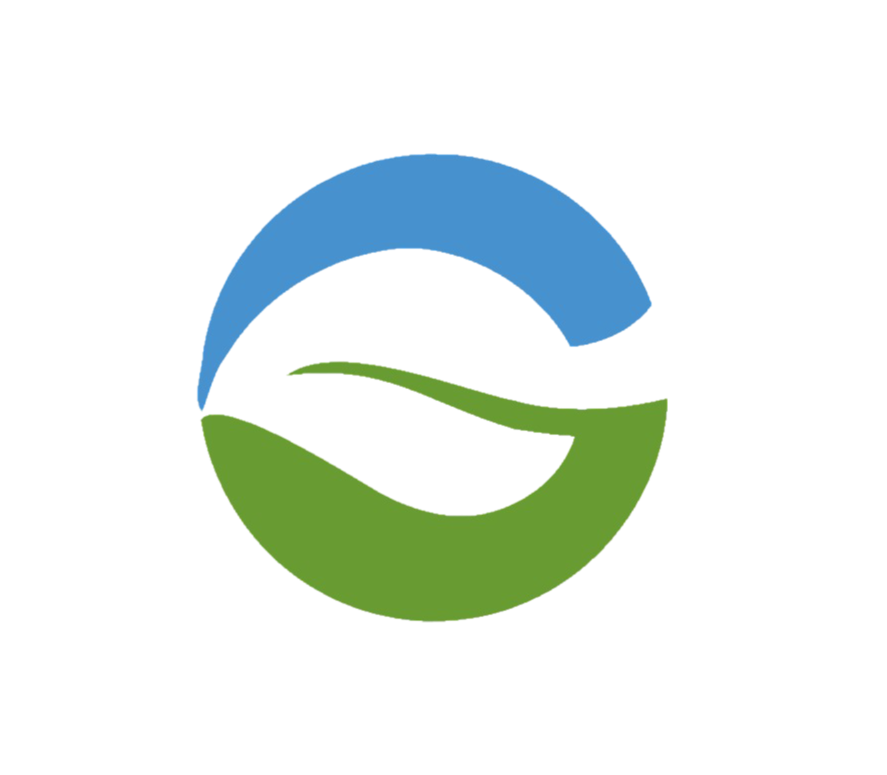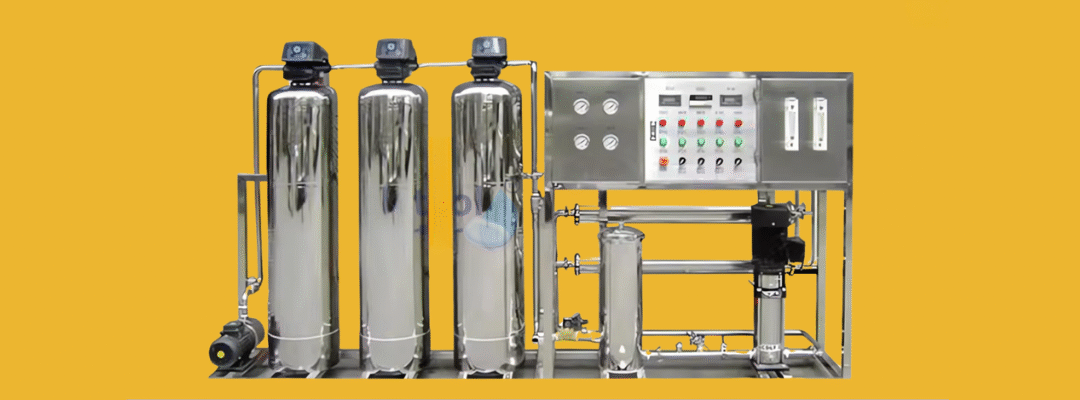An RO (Reverse Osmosis) water treatment plant is one of the most effective technologies for producing high-purity water — but only when maintained properly. Over time, efficiency can decline due to scaling, membrane fouling, chemical imbalance, or inconsistent maintenance.
To ensure your RO system performs reliably for years, you need a proactive strategy that combines accurate monitoring, preventive care, smart automation, and energy-saving techniques.
Let’s explore how to optimize an RO plant for long-term efficiency and consistent water quality — based on real industry best practices.
1. Start with Accurate Feed Water Analysis
Feed water quality directly influences system design, membrane life, and operational cost.
Key Parameters to Check:
| Parameter | Ideal Range | Impact on System |
| pH | 6.5 – 7.5 | Membrane corrosion or scaling |
| TDS | < 2000 ppm | Higher energy demand |
| Hardness | < 200 ppm | Scaling, membrane blockage |
| Iron / Manganese | < 0.3 ppm | Membrane staining and fouling |
| SDI | < 5 | Reduces particulate clogging risk |
Optimization Tip: Test feed water every quarter, especially before seasonal changes. Even minor variations affect chemical dosing and membrane performance.
2. Maintain an Effective Pre-Treatment Setup
Pre-treatment is the first line of defense against membrane damage.
Key Components to Monitor:
- Sand / Multi-media Filters: Backwash frequently.
- Activated Carbon Filters: Replace periodically.
- Cartridge Filters: Replace when ΔP > 0.5 bar.
- Antiscalant Dosing: Calibrate daily to maintain dosing accuracy.
Pro Tip: Adding Ultrafiltration (UF) before the RO system helps remove colloids, reduces cleaning frequency by up to 50%, and improves membrane life.
3. Monitor and Optimize Operating Parameters
Operating pressure, flow, and recovery should be tightly controlled.
| Parameter | Recommended Range |
| Feed Pressure | 10–25 bar (varies by TDS level) |
| Permeate Recovery | 70–85% |
| Differential Pressure | < 1 bar |
| Product Water TDS | <100 ppm (industrial), <500 ppm (drinking) |
Tips for Optimization:
- Use Variable Frequency Drives (VFDs) to auto-adjust pump speeds.
- Avoid pushing system recovery beyond recommended limits — this accelerates scaling.
- Maintain feed temp near 25–30°C to support membrane efficiency.
4. Schedule Regular CIP (Clean-in-Place)
Membrane fouling is inevitable, but timely cleaning prevents major performance drops.
When to Perform CIP:
- 10–15% drop in permeate flow
- Differential pressure > 1 bar
- Salt rejection < 90%
CIP Cleaning Sequence:
- Flush with permeate water
- Alkaline clean (pH 10–11) → removes organic fouling
- Rinse
- Acid clean (pH 2–3) → removes scale
- Final rinse and restart
Always follow membrane manufacturer guidelines to ensure cleaning chemicals don’t degrade the membrane surface.
5. Automate System Monitoring (PLC/SCADA)
Manual operation can introduce human errors and delayed response times.
Smart Automation Features:
- Auto-start/stop based on tank levels
- Real-time tracking of TDS, pressure, and flow
- Automatic flushing post-shutdown
- Alarms for low pressure, high TDS, or scaling
- Remote access for predictive maintenance
Why it matters: Automation reduces downtime, improves water quality consistency, and enhances energy efficiency.
6. Focus on Energy Efficiency
Energy is often the largest operational cost in RO systems.
How to Save Energy:
- Install Energy Recovery Devices (ERDs) like pressure exchangers or turbochargers
- Keep membranes clean to avoid pump overload
- Use IE3 or IE4 motors with high efficiency
- Optimize pump operation using VFDs under fluctuating loads
Proper energy optimization can reduce RO plant operating costs by 30–40% annually.
7. Track Key Performance Indicators (KPIs)
Daily KPI tracking helps detect performance drifts before they become critical.
| KPI | Formula / Metric | Ideal Range |
| Salt Rejection | (1 – Permeate TDS / Feed TDS) × 100 | > 95% |
| Permeate Flow | Flow variation vs. baseline | Stable (±10%) |
| Differential Pressure | Feed – Reject Pressure | < 1 bar |
| Energy Use | kWh per m³ of water | < 3 kWh/m³ |
Tip: Use SCADA logs or manual logbooks to compare week-over-week trends.
8. Preventive Maintenance Planning
Scheduled maintenance improves reliability and minimizes breakdowns.
| Component | Frequency | Task |
| Pre-filters | Monthly | Replace cartridges/media |
| High-Pressure Pump | Quarterly | Check alignment, bearing wear |
| Dosing Pump | Monthly | Calibrate, inspect for leaks |
| Membranes | 6–12 mo | Perform CIP or replace |
| Sensors & Gauges | Quarterly | Clean and calibrate |
Pro Tip: Keep a spare parts inventory (filters, O-rings, antiscalant) on-site for faster response.
9. Train Operators & Standardize Procedures
Even the best-designed plant fails without knowledgeable operators.
Training Essentials:
- CIP process and safety handling
- Accurate chemical dosing
- Alarm handling and emergency response
- Use of SCADA/PLC dashboards
Create clear SOPs and daily checklists for shift operators. Encourage a culture of preventive maintenance reporting.
10. Design for Scalability and Future Upgrades
If your plant may expand, planning ahead will save cost and time later.
Design Tips:
- Use modular skids for capacity expansion
- Opt for standard membrane housings (e.g., 4040 or 8040)
- Leave provisions for automation and ERDs to be added later
A scalable design ensures flexibility as water demands or compliance requirements grow.
Frequently Asked Questions (FAQs)
Q1. What is the ideal recovery rate for an RO plant?
→ 70–85% for industrial use — balancing efficiency and membrane lifespan.
Q2. How often should membranes be cleaned?
→ Every 3–6 months or when performance indicators drop.
Q3. How does automation help?
→ Real-time monitoring, automated flushing, alerts — reducing errors and downtime.
Q4. Can I retrofit ERDs into my plant later?
→ Yes, pressure exchangers and turbochargers can be added if the design allows.
Q5. What’s the typical lifespan of an RO membrane?
→ Around 3–5 years with good feed water and regular maintenance.


Recent Comments